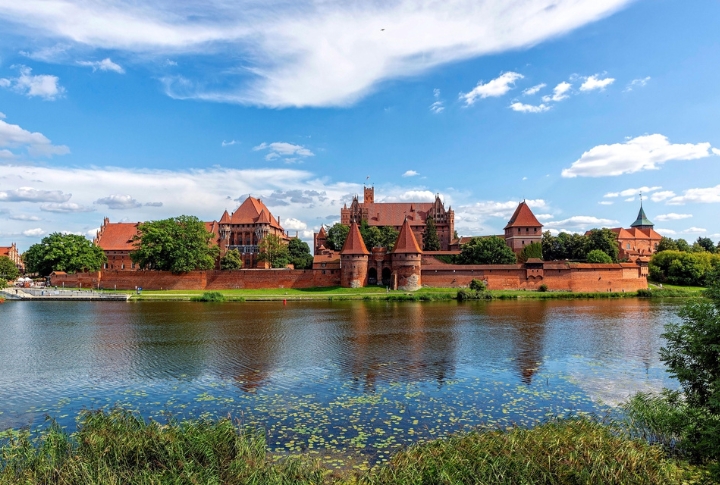
Quiet politics wasn’t their thing. The Teutonic Order made history through blades and broken truces. These were battles that redefined maps, toppled egos, and dragged rivals through the dirt. Some ended in glory. Some just ended. Either way, the Order never backed down without leaving bruises. Wondering where it all unfolded? These ten moments left deep cuts in medieval history.
Battle Of Lake Peipus (1242)
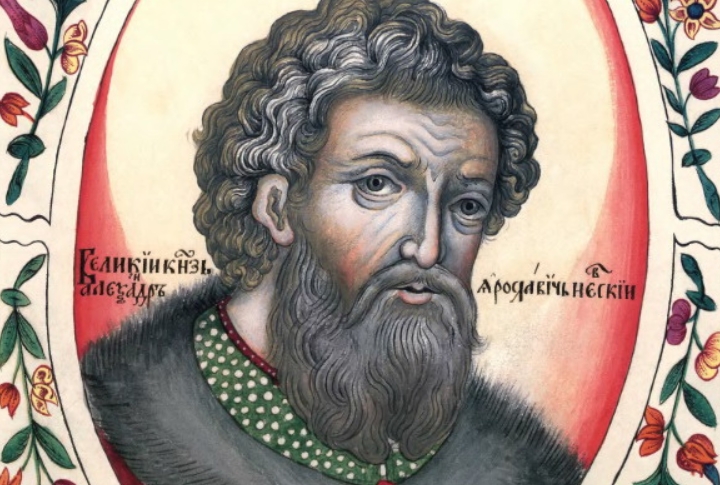
In 1242, the Teutonic Knights faced a crushing defeat at Lake Peipus. Their heavy cavalry, charging across frozen waters, fell through the ice under Russian attack. Led by Prince Alexander Nevsky, the defenders not only won the day but ended the Teutonic Order’s ambitions to expand further into Russian lands.
Siege Of Konigsberg (1262)
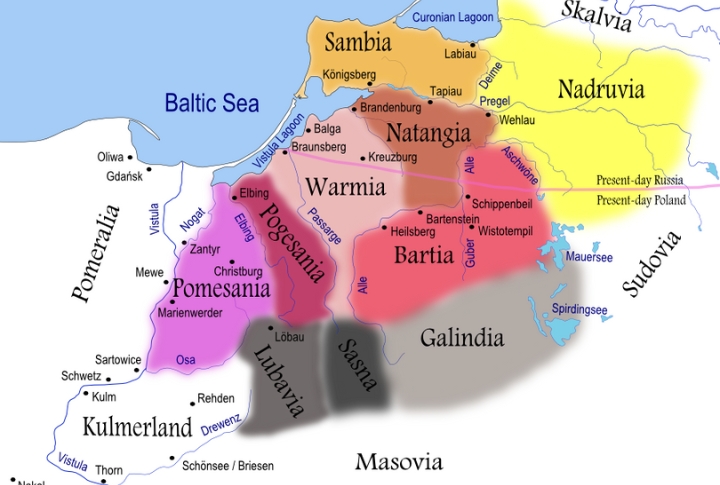
During the 1262 Siege of Konigsberg, Prussian rebels nearly overwhelmed the Teutonic Knights. A surprise night assault pushed the fortress to the brink. Only reinforcements from the Holy Roman Empire kept it standing. This crisis exposed how vulnerable the Knights’ early conquests were, and how easily they could have collapsed.
Battle Of Rudau (1370)
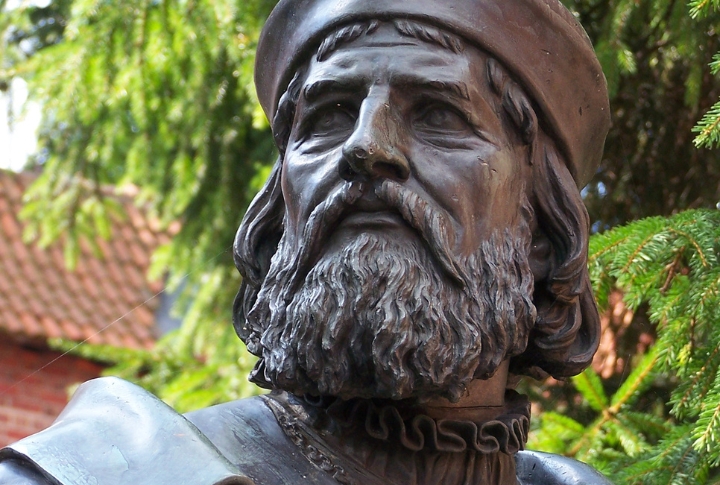
The Battle of Rudau stands as a testament to the importance of momentum and morale. Grand Master Winrich von Kniprode led a crushing strike against Lithuania, taking out over 5,000 enemy troops. Victory led to a chapel rising on the battlefield; a place that became sacred to many in the years that followed.
Battle Of Plowce (1331)
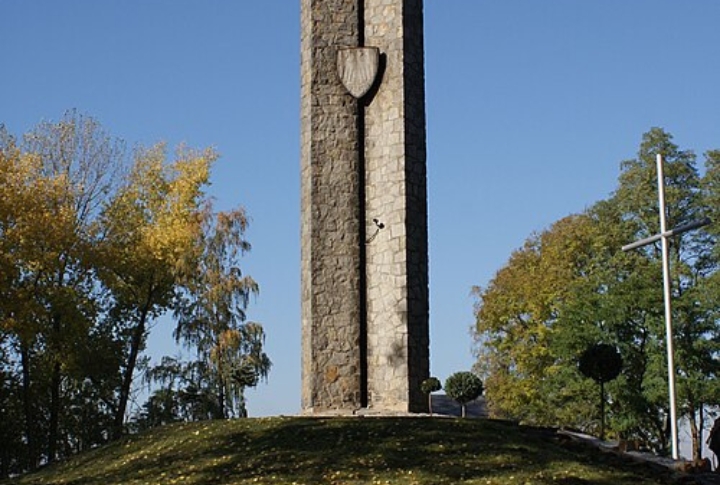
The first major battle between Poland and the Teutonic Order wasn’t won by swords alone. At Plowce, the Polish king barely escaped capture. No clear victor emerged, but the clash drained the Teutonic campaign’s strength. Both sides still claimed triumph. This shows that perseverance can mean holding firm instead of pushing forward.
Battle Of Grunwald (1410)
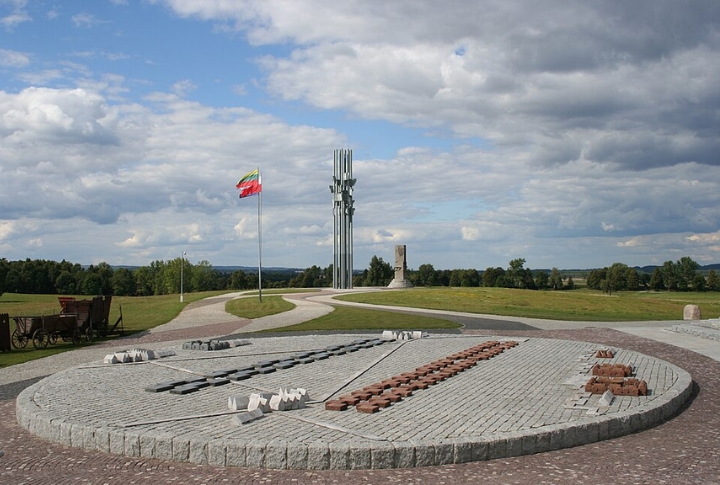
Grunwald was more than a battle. It was a defeat that shook the Teutonic Order to its core. The Polish-Lithuanian coalition wiped them out on the field. Over 50,000 troops clashed in one of the largest medieval fights. Grand Master Ulrich von Jungingen was killed, and their banner ended up paraded through Krakow.
Battle Of Streva (1348)
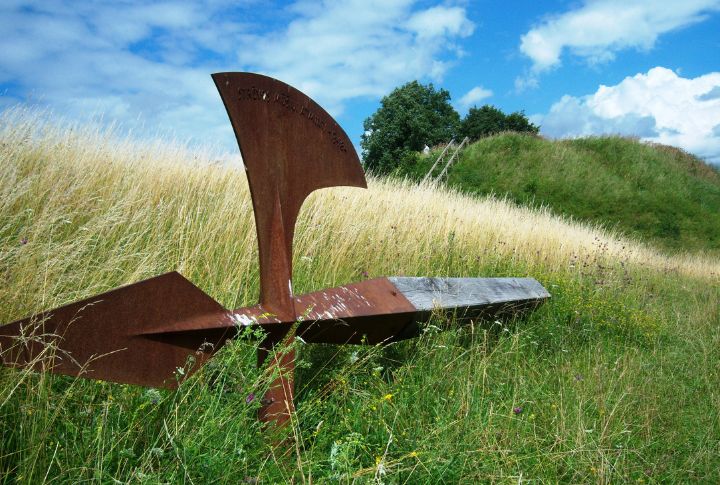
Streva is a lesson in what happens when short-term gains lack staying power. The Teutonic Knights crushed a large Lithuanian army in a winter assault. As troops fled, the ice beneath them reportedly gave way. Though the Order gained ground in Samogitia, they couldn’t maintain control. After all, victory needs more than momentum.
Battle Of Pokarwis (1261)
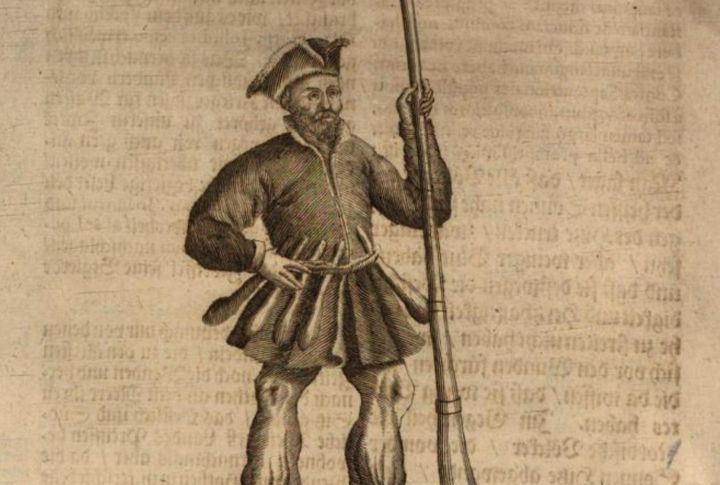
At Pokarwis, the Teutonic Order learned that power alone isn’t enough. Rebel Prussians struck back with swift ambushes, using guerrilla tactics that left cavalry reeling. Losses mounted. Ground was lost in Samland. Yet from that setback came growth; the defeat pushed the Order to rethink how it faced native resistance.
Siege Of Danzig (1308)
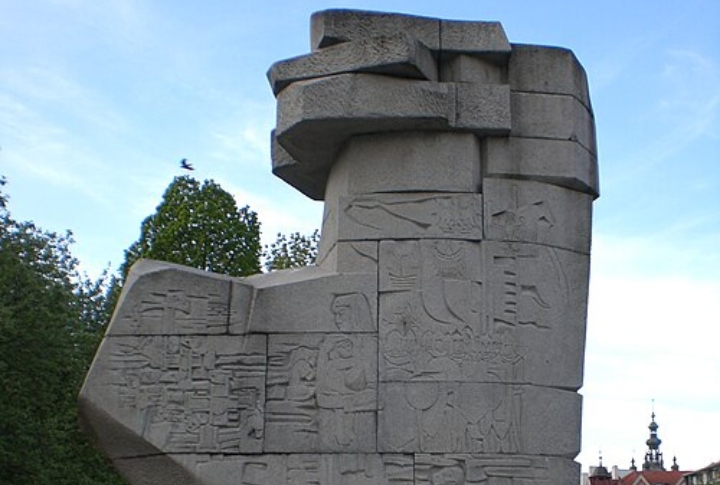
Danzig fell, but so did the Knights’ reputation. After taking the city from Brandenburg, they carried out a massacre now known as the Gdansk Slaughter, leaving as many as 10,000 civilians killed. The Pope excommunicated them. Poland turned against them. What looked like a conquest became a stain the Order couldn’t erase.
Battle Of The Vorskla River (1399)
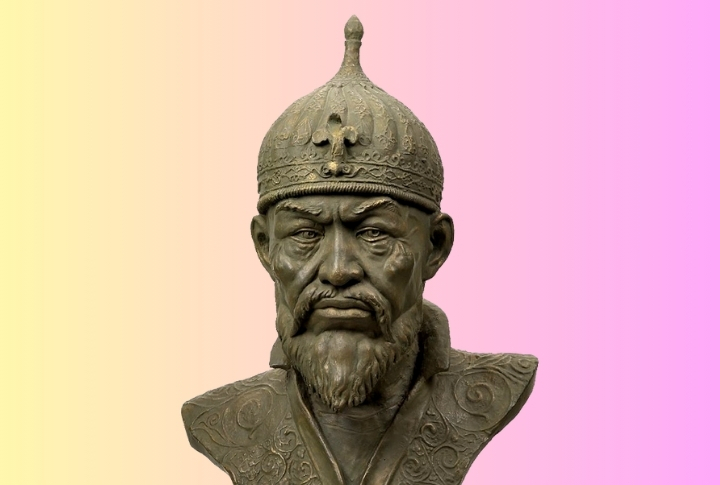
Backing an ally can still bring fallout. The Teutonic Knights lent support to Vytautas at Vorskla, only to see his army destroyed by Timur Kutlug’s Mongol-Tatar forces. Their role was limited, but the setback rippled outward. The loss undercut their Eastern presence and set the tone for a changed alliance with Lithuania.
Battle Of Durbe (1260)
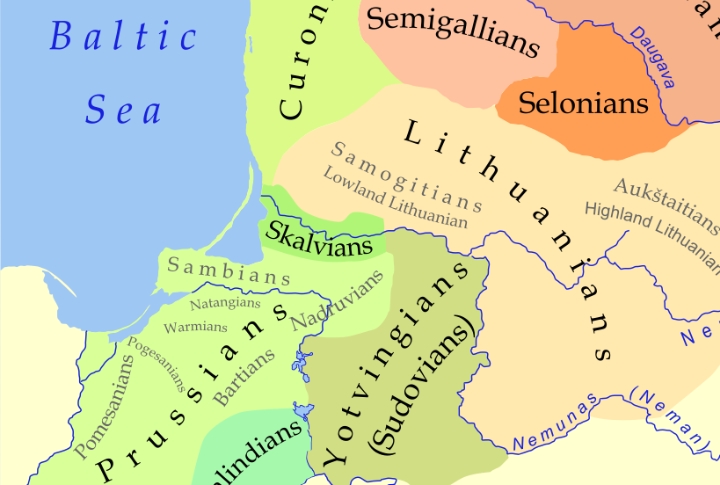
Durbe was a disaster for the Teutonic and Livonian forces. Samogitian tribes didn’t just win, they wiped out over 150 knights and took down key commanders. To make things worse, Curonian allies switched sides mid-fight. That betrayal lit a fuse, sparking uprisings all over the Baltic that the Order struggled to contain.

